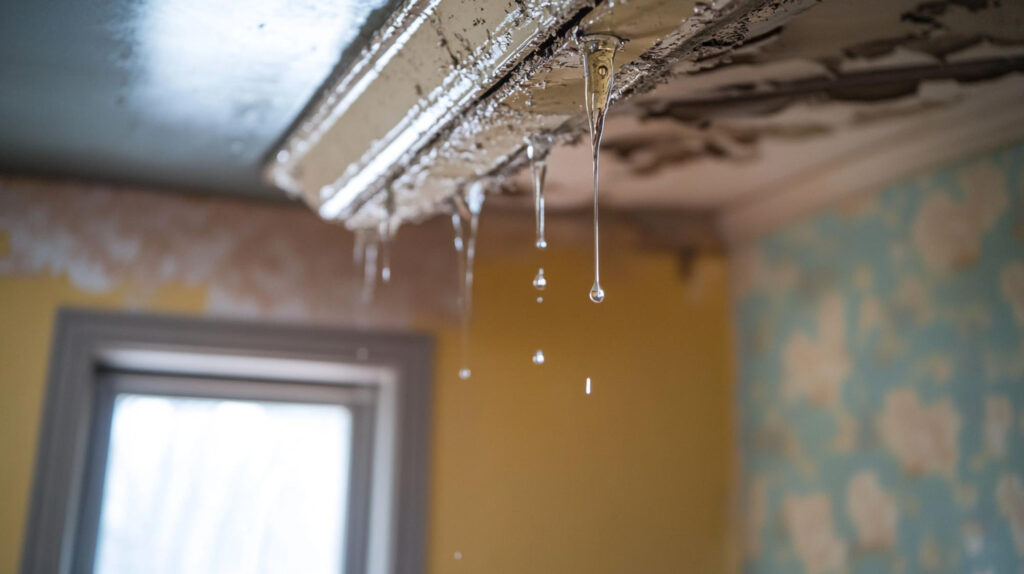Blogs
What Happens During an Emergency Restoration Call?

Imagine a sunny afternoon suddenly interrupted by a burst pipe in your kitchen. Water spills over the floor, and you’re left wondering what to do next. This type of unexpected event is when an emergency restoration call becomes crucial. Whether it’s a flood from a storm or a leaking roof, such situations demand immediate attention to minimize damage and expenses. Understanding what happens during an emergency restoration call can help ease the stress and make the process smoother.
An emergency restoration team steps in to tackle the chaos, helping restore your home to its original state. These experts know how to assess the situation quickly and get to work right away, ensuring your property is safe and secure. Knowing what to expect during their visit can make a big difference, turning a stressful experience into a manageable one.
Initial Assessment: The First Step in Restoration
When the restoration team arrives, the first step is a thorough assessment of the situation. This assessment is the foundation for effective repair work, as it identifies all the problem areas in need of attention. Picture the team as detectives for your home, looking for clues, such as waterlogged carpets or hidden moisture pockets behind walls.
The assessment typically includes several key components:
– Checking for signs of water damage like soaked carpets or wet walls.
– Evaluating structural issues that might have been caused by the incident.
– Identifying safety concerns such as electrical hazards or mold growth.
– Discussing immediate needs with the homeowner to prioritize actions.
By understanding what parts of your home are most affected and any potential risks, the team plans the best course of action. This clear and detailed assessment ensures that nothing is overlooked, paving the way for a successful restoration process. With the initial assessment complete, the next step involves crafting a tailored action plan to address the damage and begin the restoration journey.
Action Plan: Creating a Path to Recovery
Once the assessment is complete, the next step involves laying out a detailed action plan. This plan acts as a roadmap to address each identified issue efficiently. Tailored to the specific needs of the home, it ensures that every concern is covered and no step is missed. Think of this as a construction blueprint, where every detail supports the structure’s successful restoration.
Developing an action plan involves:
– Prioritizing tasks based on urgency
– Deciding on the resources and tools needed
– Assigning specialized personnel for specific tasks
– Outlining a timeline for the restoration process
Clear communication with the homeowner is key during this phase. Keeping everyone informed helps set realistic expectations and promotes trust. With a strong plan, the restoration can proceed with confidence, setting the stage for effective and timely action.
Execution: Getting Down to Work
With the plan in place, the restoration team gets to work. First, they start with water extraction and drying. The goal here is to remove all excess moisture to prevent further damage and stop mold from forming. High-powered pumps and vacuum systems handle water removal, while industrial fans and dehumidifiers dry out the area.
Next, repairs can begin. Activities during this stage include:
– Repairing or replacing soaked materials, such as drywall or insulation
– Checking and fixing electrical systems affected by water
– Ensuring HVAC systems are safe and operational
The homeowner plays a supportive role during this time. Staying in touch with the team, offering feedback, and addressing any concerns help keep things on track. Knowing what to expect builds confidence, turning a daunting situation into a manageable task as repairs bring your home back to life.
Final Inspection and Follow-Up: Ensuring Complete Restoration
The final step is a thorough inspection to ensure every task meets the highest standards. This inspection confirms that the restoration is complete and the home is safe. It’s like the final walkthrough in a house purchase, ensuring everything is as it should be.
The inspection includes:
– Verifying all repairs match quality expectations
– Checking for hidden moisture or overlooked damage
– Reviewing safety systems, such as smoke and carbon monoxide detectors
After the inspection, follow-up services might be offered to check on the home’s condition. These can provide reassurance that everything remains in order long after the initial work ends.
Restoring Comfort and Safety
From the initial chaos to the completion of repairs, navigating the aftermath of water damage is a journey. With professional assistance, homes are restored not just to their former state but often to a more resilient condition. Such comprehensive services offer peace of mind, knowing that both the structure and the family’s safety are prioritized.
With everything back in place, the home becomes a haven once again. Ready to handle future storms with newfound understanding, homeowners can feel confident and secure. It’s not just about fixing what’s broken but enhancing what was there, making the home even stronger for the years to come.
For those living in Plano, TX, making sure your home is ready to handle sudden water damage can bring peace of mind. If you ever find yourself dealing with a burst pipe or flooding, having a reliable emergency restoration service on your side can make all the difference. Intensa Dry is here to help when you need fast support or want to better understand the restoration process. Our experienced team works quickly to get your home back to a safe and comfortable place.

